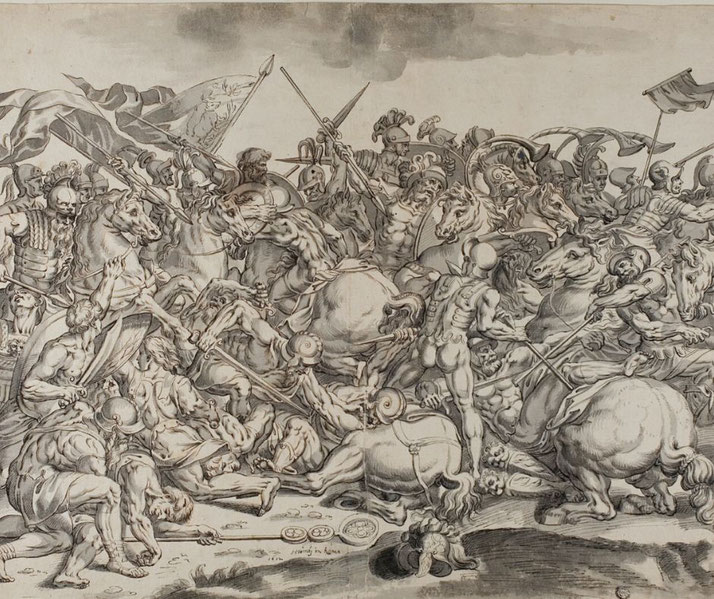Did Constantine create the Catholic church?

Constantine the Great, or Flavius Valerius Aurelius Constantinus Augustus, ruled as Roman Emperor from 306 to 337 AD.
His reign marked a significant turning point for the Roman Empire, as he played a pivotal role in the emergence of Christianity.
One question that often arises is whether Constantine created the Catholic Church.
To understand this, we need to explore the historical context of Constantine's reign, his conversion to Christianity, and his influence on the development of the Catholic Church.
Constantine's Conversion to Christianity
Constantine's conversion to Christianity is considered a watershed moment in the history of the Roman Empire.
His journey to embrace the faith began in 312 AD, on the eve of the Battle of Milvian Bridge against his rival Maxentius.
According to legend, Constantine experienced a vision of a cross with the inscription "In hoc signo vinces" ("In this sign, you will conquer").
He subsequently ordered his soldiers to paint the Chi-Rho symbol (a monogram representing Christ) on their shields, and after his victory, attributed his success to the Christian God.

Edict of Milan and the Legalization of Christianity
In 313 AD, Constantine, along with Licinius, issued the Edict of Milan, effectively legalizing Christianity throughout the Roman Empire.
The edict granted Christians and all other religious groups the freedom to practice their faith without interference.
It also ordered the restitution of confiscated Christian properties. This marked the end of persecution against Christians and facilitated the growth and spread of Christianity.
His role in the Council of Nicaea
In 325 AD, Constantine convened the First Council of Nicaea, which aimed to address various theological disputes within the Christian community.
The council was a significant step towards the organization and unification of the Christian Church.
It established the Nicene Creed, a statement of faith that remains central to many Christian denominations, including the Catholic Church.
What was his relationship with the Catholic Church?
While Constantine played a crucial role in the legitimization and organization of Christianity, it would be an oversimplification to say that he "created" the Catholic Church.
Christianity existed before Constantine's conversion, with the term "catholic" (from the Greek "katholikos," meaning "universal") being used to describe the Church as early as the second century.
The Catholic Church, as we know it today, evolved over centuries, shaped by various historical events, theological developments, and cultural factors.
However, it is undeniable that Constantine's reign marked a turning point for Christianity, paving the way for its growth, consolidation, and eventual dominance in the Western world.
His support for the religion led to its rapid expansion, and his involvement in the Council of Nicaea helped establish core tenets of Christian belief.
In this sense, Constantine can be seen as a key figure in the development of the Catholic Church, although he did not "create" it in the literal sense.
So, did he create the church?
The relationship between Constantine the Great and the Catholic Church is clearly a complex and multifaceted one.
Constantine did not create the Catholic Church, but his conversion to Christianity, the Edict of Milan, and his involvement in the Council of Nicaea significantly influenced its development.
Constantine's reign set the stage for the eventual rise of the Catholic Church as a major force in the Western world, and his legacy continues to shape the Church's history and identity to this day.
What do you need help with?
Download ready-to-use digital learning resources
Copyright © History Skills 2014-2025.
Contact via email
With the exception of links to external sites, some historical sources and extracts from specific publications, all content on this website is copyrighted by History Skills. This content may not be copied, republished or redistributed without written permission from the website creator. Please use the Contact page to obtain relevant permission.





